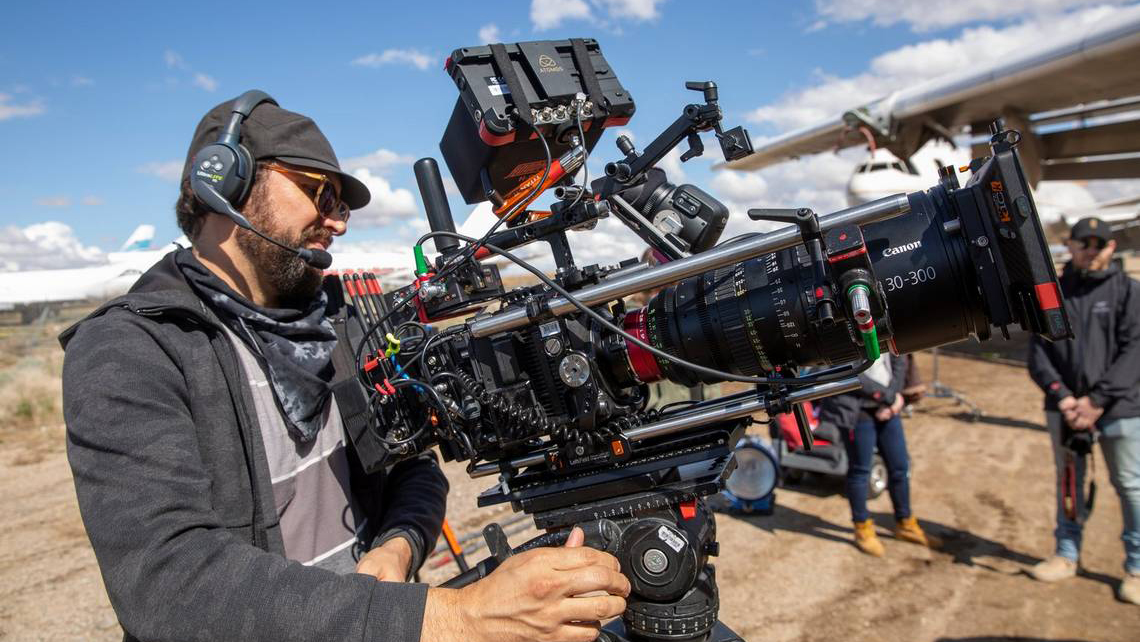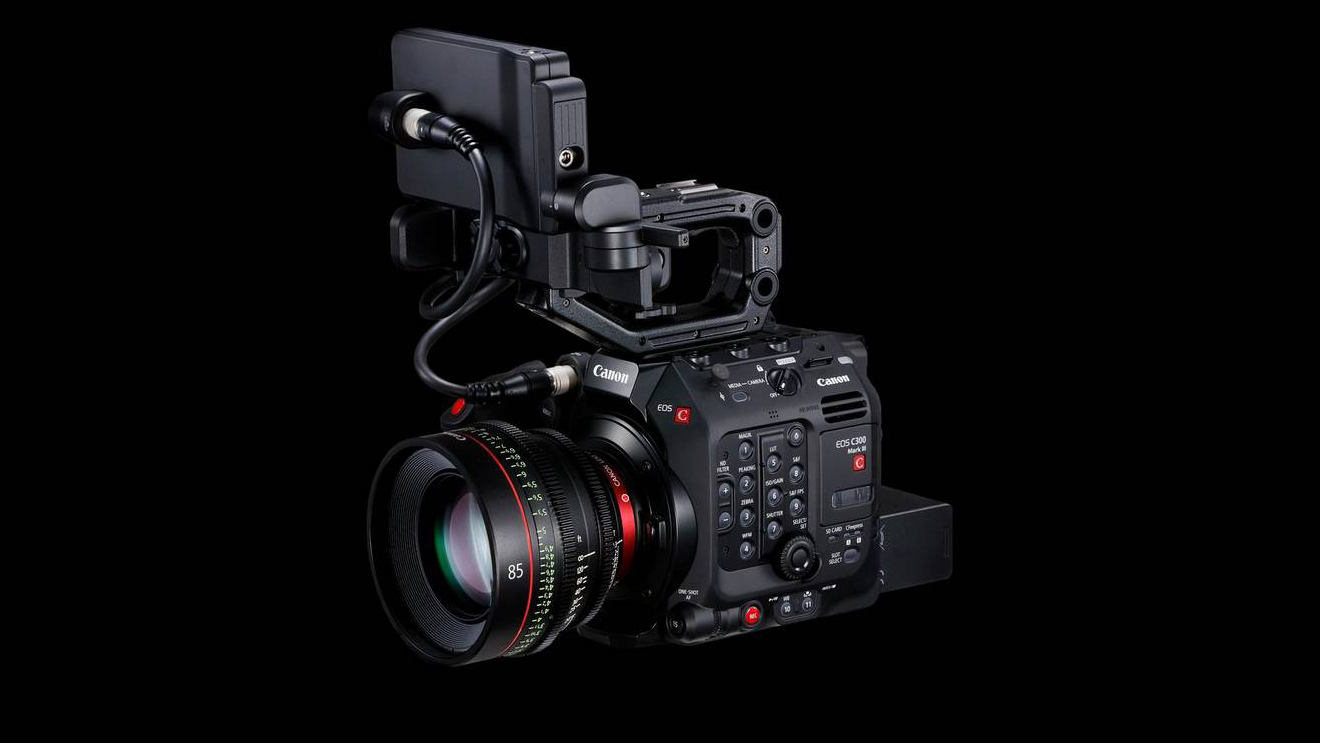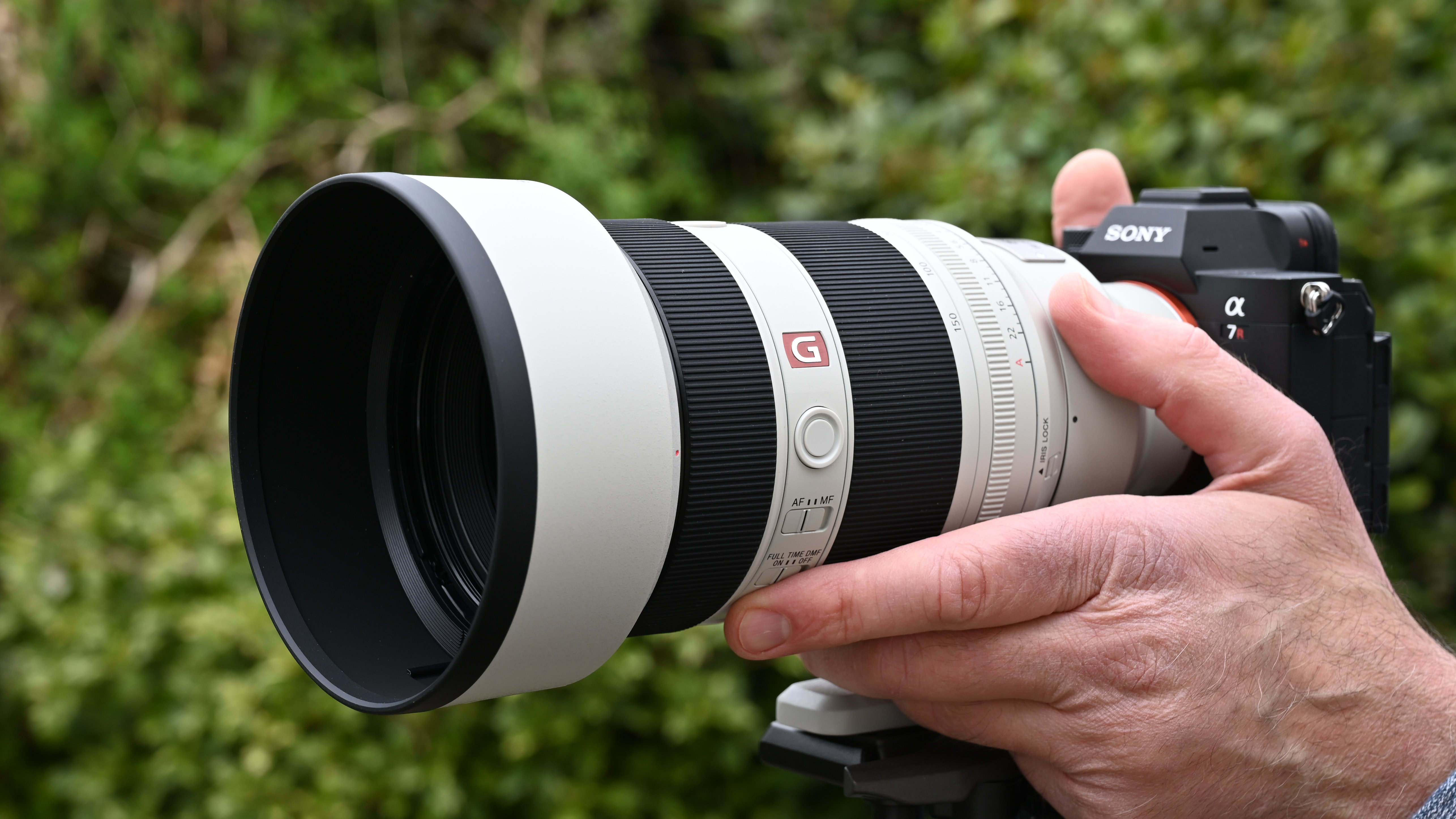Why I think $11,000 for the Canon C300 Mark III isn't worth it
Video equipment is always expansive, but $11,000 for the Canon C300 Mark III just isn't worth it – and here's why

The Canon C300 Mark III is a great camera, no doubt. It is cable of producing a 4K image and features a Super 35mm Dual Gain sensor, which has up to 16 stops of dynamic range, capable of HDR recording along with low noise.
It also features an EF lens mount that offers compatibility not only with Canon's broad range of DSLR lenses, but also its line cinema primes, zooms, and even 2.0 and 1.33 anamorphic lenses – and the mount is also interchangeable with a PL mount. Which all sounds amazing… so why don’t I think the Canon C300 Mark III is worth it?
It's simple: price! The Canon C300 Mark III is $10,999 – and for a 4K cinema camera that was launched in 2020, it's just too much money when there are much better offerings on the market. Including better offerings from Canon itself. So here's why I wouldn’t buy it.

If you are in the market for one of the best cinema cameras, chances are that you're looking at something like the Canon EOS C300 Mark III, Red, Sony, Z-Cam – this list goes on and on.
If you're a Canon shooter already, though, with a few EF lenses, a need to shoot at least 4K video with good slow-motion options, and want a system that is versatile enough to use as an easy run-and-gun option for shooting documentaries, but also capable of handling commercial shoots as your career evolves… everyone would say "buy a cinema camera". Heck, even I would have said that a few years ago.
Look how the market has changed, though, and what manufacturers are producing today. That checklist above would also be complete if you still looked at the Cinema EOS line from Canon, but moved towards the Canon EOS R5 C.
The R5 C is at least a third the size of the Canon C300 Mark III, and obliterates it in every single specification: it is able to produce an 8K image at 60fps, records 12-bit Cinema RAW light internally, has 4K 120fps slow-motion capabilities, and the option to use a multi-function shoe to have two full-sized XLR inputs and 24-bit audio.
Get the Digital Camera World Newsletter
The best camera deals, reviews, product advice, and unmissable photography news, direct to your inbox!
In effect, the R5 C is not just the Canon C300 Mark III but also the acclaimed C700, all in one compact package – and it is still a worthy stills camera, as with the flick of a switch you effectively have a Canon EOS R5 with 45MP stills. And the best bit? It is priced at just $4,499. Yes, this is still a heavy investment, but you also save $6,500.
My advice, forget the Canon C300 Mark III and the traditional Cinema EOS line-up and invest in the modern Canon EOS R5 C. It's a big investment, but this camera has made the rest of the cinema line-up from Canon obsolete in my eyes – and that's why I think the Canon C300 Mark III priced at $10,999 just isn't worth it in today's market.
Read more:
Best 8K camera
Best cine lens
Best anamorphic lens
Best wireless follow focus

For nearly two decades Sebastian's work has been published internationally. Originally specializing in Equestrianism, his visuals have been used by the leading names in the equestrian industry such as The Fédération Equestre Internationale (FEI), The Jockey Club, Horse & Hound, and many more for various advertising campaigns, books, and pre/post-event highlights.
He is a Fellow of the Royal Society of Arts, holds a Foundation Degree in Equitation Science, and holds a Master of Arts in Publishing. He is a member of Nikon NPS and has been a Nikon user since his film days using a Nikon F5. He saw the digital transition with Nikon's D series cameras and is still, to this day, the youngest member to be elected into BEWA, the British Equestrian Writers' Association.
He is familiar with and shows great interest in 35mm, medium, and large-format photography, using products by Leica, Phase One, Hasselblad, Alpa, and Sinar. Sebastian has also used many cinema cameras from Sony, RED, ARRI, and everything in between. He now spends his spare time using his trusted Leica M-E or Leica M2, shooting Street/Documentary photography as he sees it, usually in Black and White.
